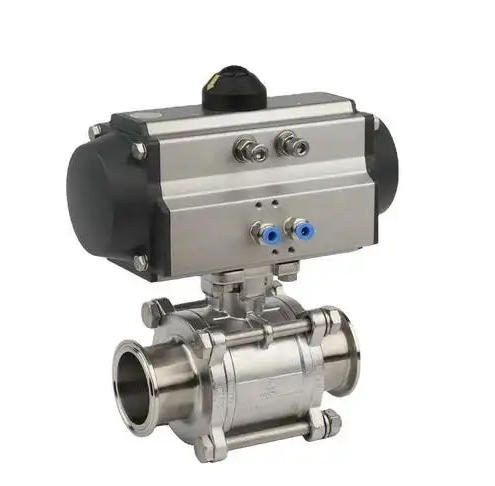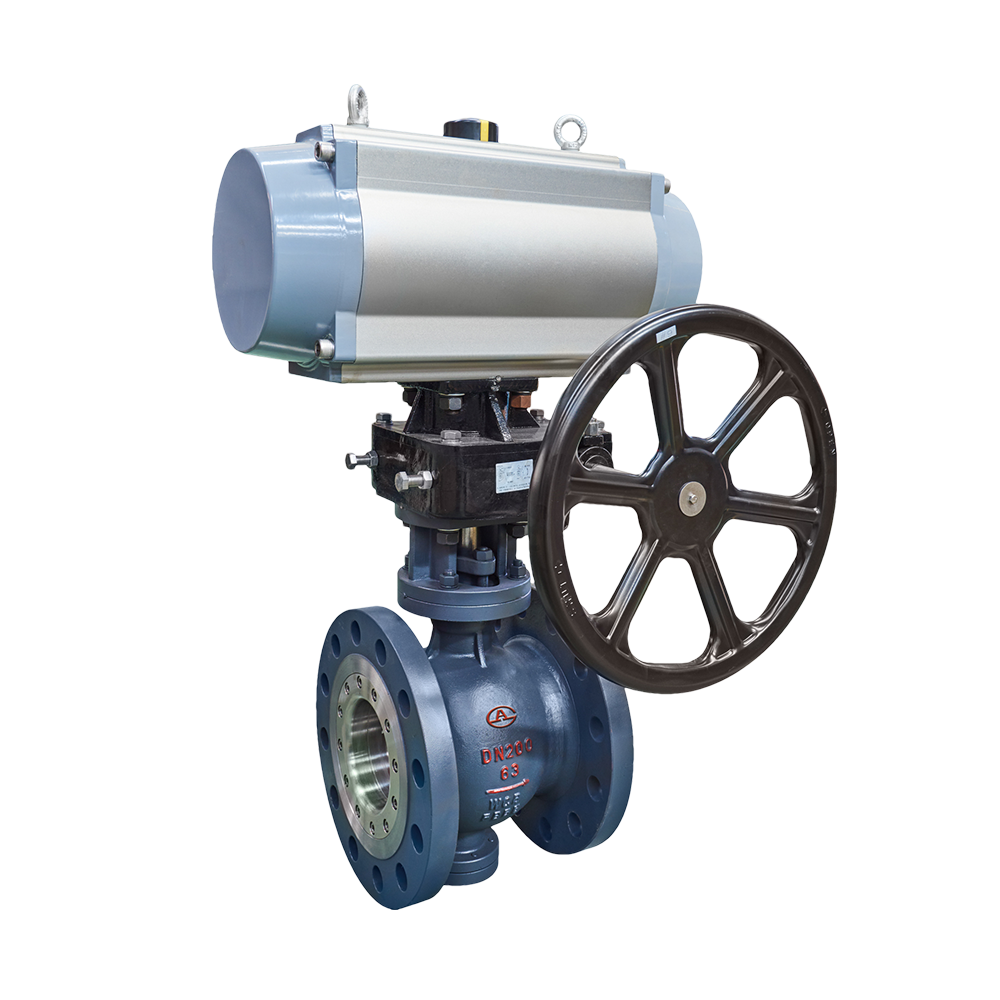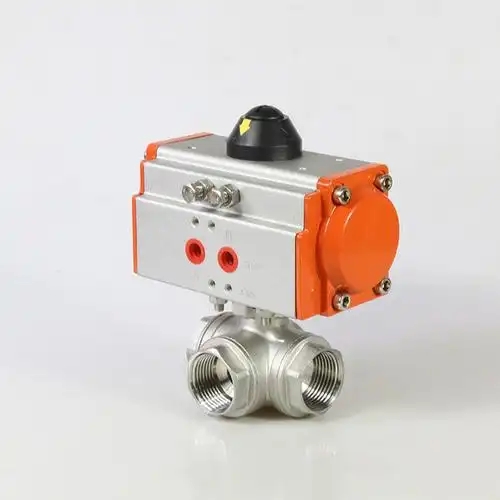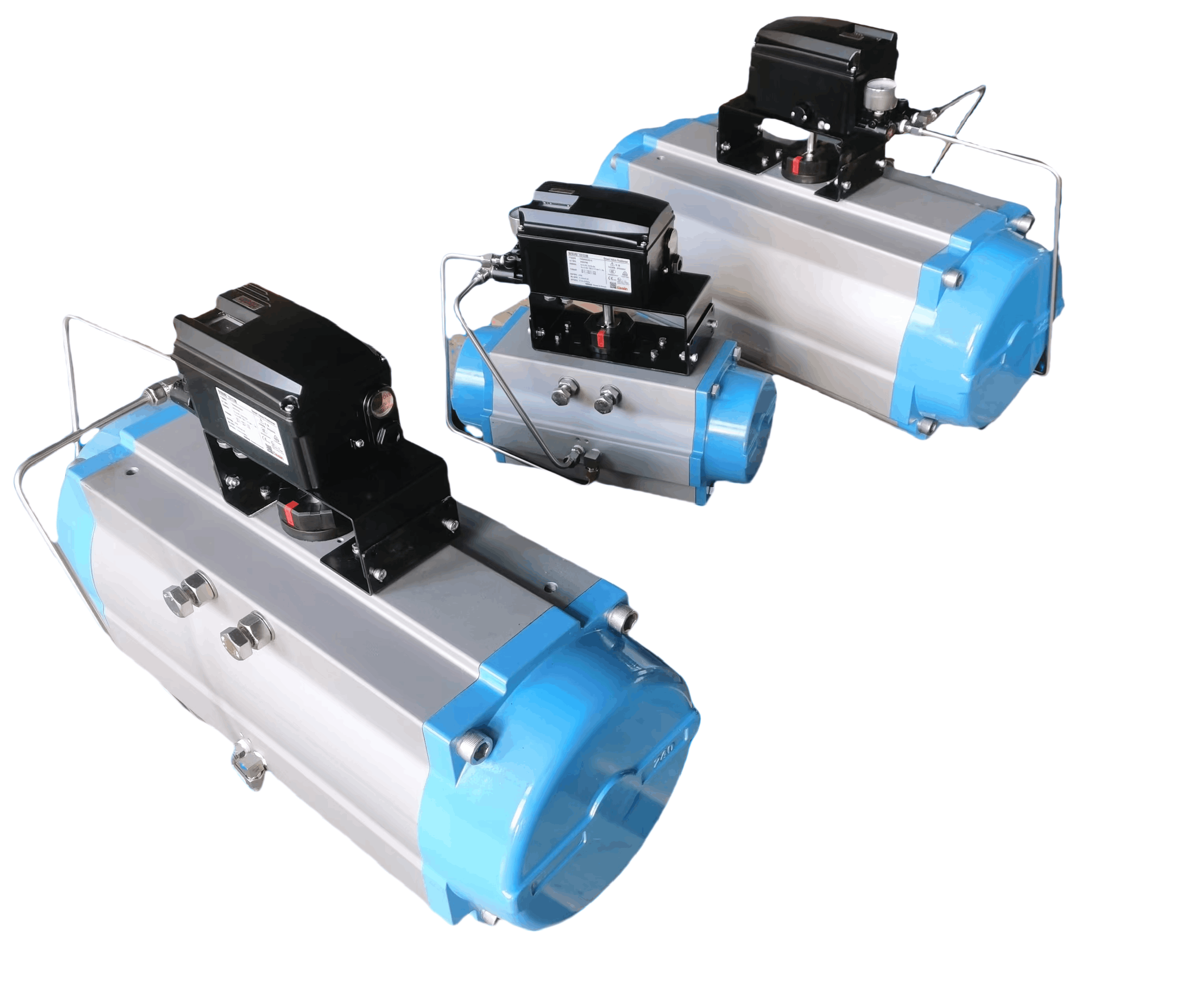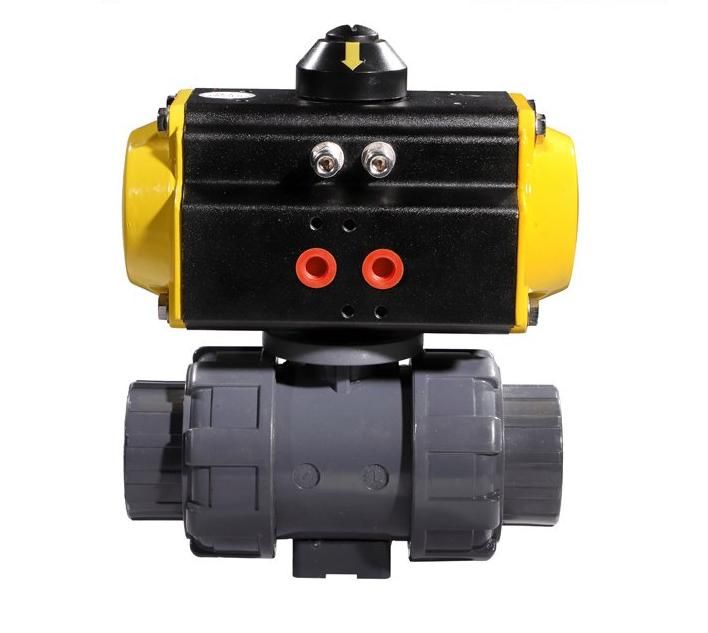Actuator Selection Guide
-
1. Understand Operational Differences
Single-acting actuators use air pressure for one direction and a spring for return (closing), while double-acting models rely on air pressure for both directions. This core difference dictates their suitability for specific scenarios. -
2. Prioritize Safety Requirements
Choose single-acting actuators for critical systems where fail-safe operation is vital. In air supply loss, their spring returns the valve to a pre-set safe position (open/closed), preventing hazards like overpressure or leaks. -
3. Assess Cycle Frequency
Double-acting actuators excel in high-cycle applications due to faster response times and longer spring life—they avoid spring fatigue from frequent use, reducing maintenance needs. -
4. Evaluate Space and Weight Constraints
Single-acting models are bulkier due to springs, making double-acting actuators better for tight spaces. However, single-acting variants may weigh less if designed with compact spring mechanisms. -
5. Consider System Reliability
Double-acting actuators depend entirely on consistent air pressure; interruptions halt operation. Single-acting types offer redundancy via springs, ideal for remote or unstable air supply environments. Balance these factors with operational demands to select optimally.
Tip: Always consider your specific application requirements and consult with an engineer when selecting between single-acting and double-acting actuators.
If you want to learn more about low-priced products, please visit the following website: www.xm-valveactuator.com







